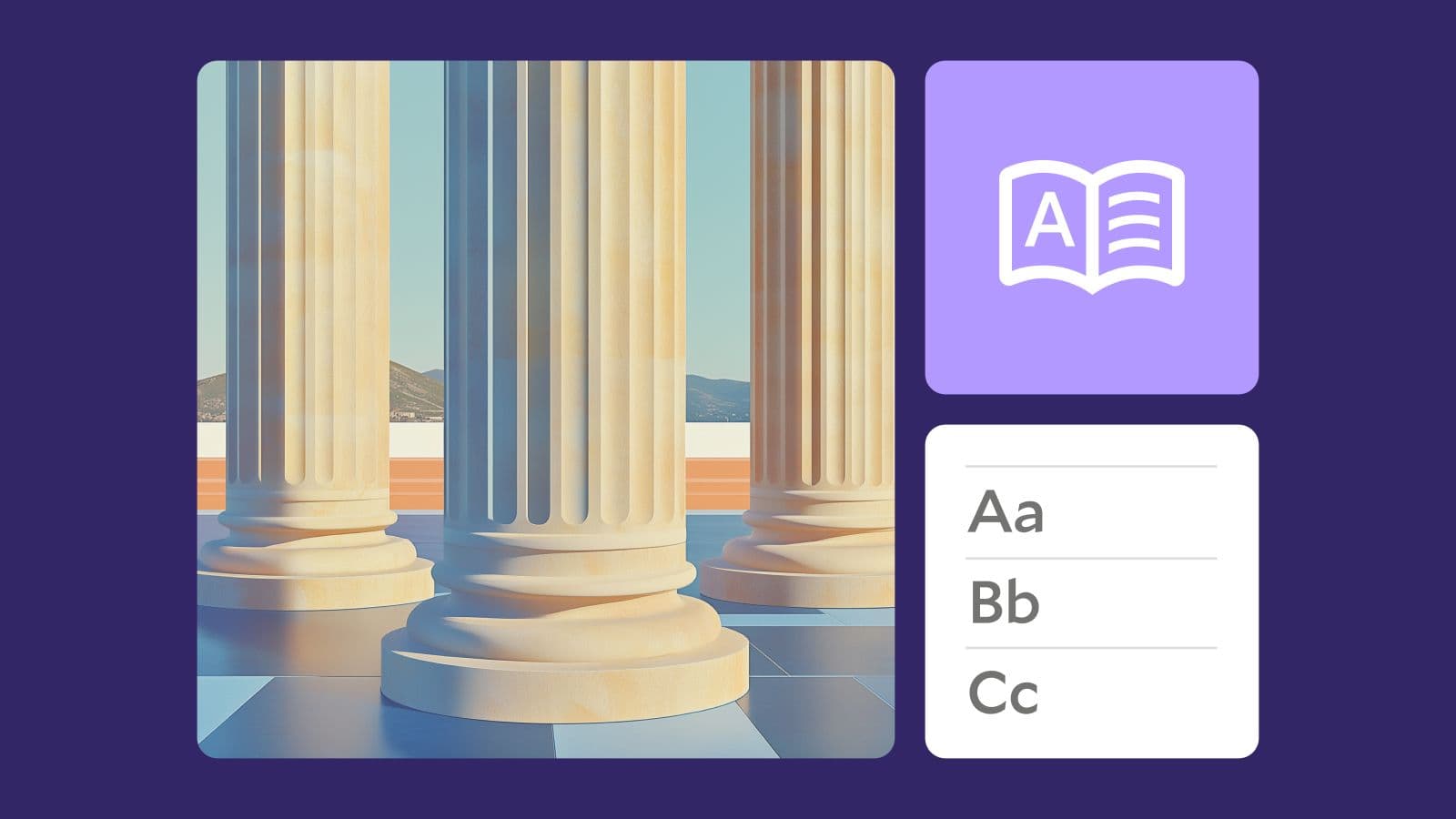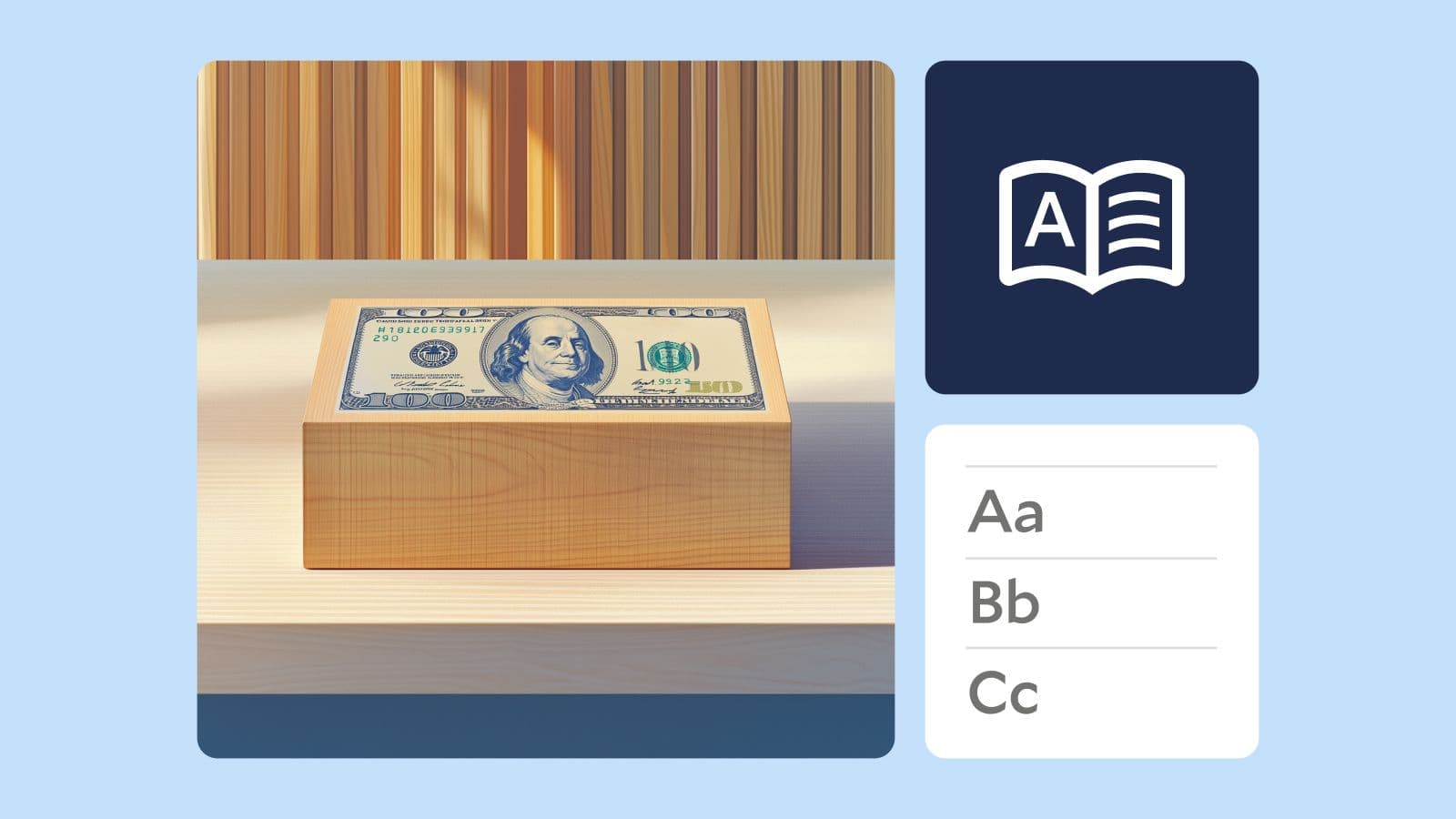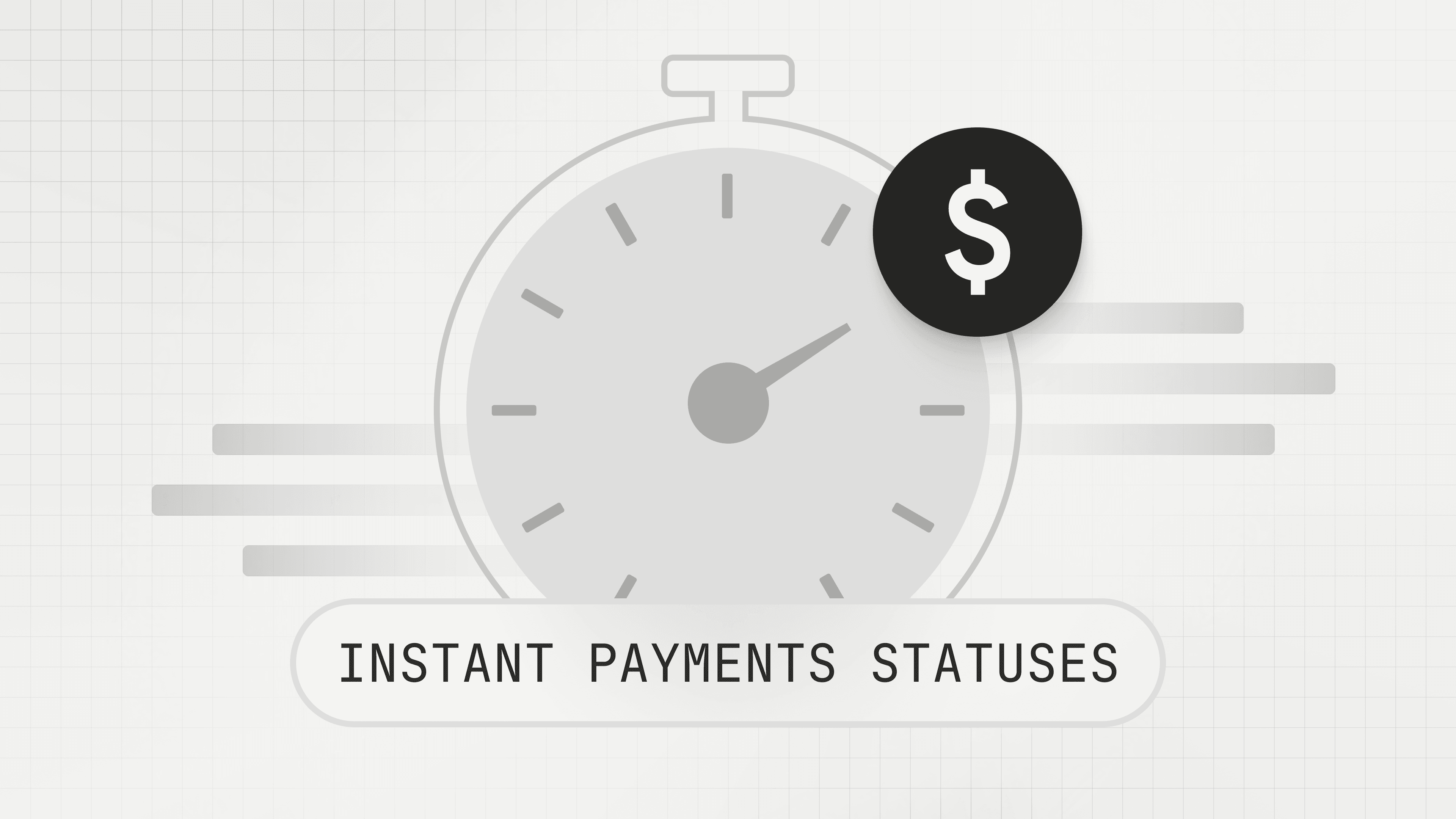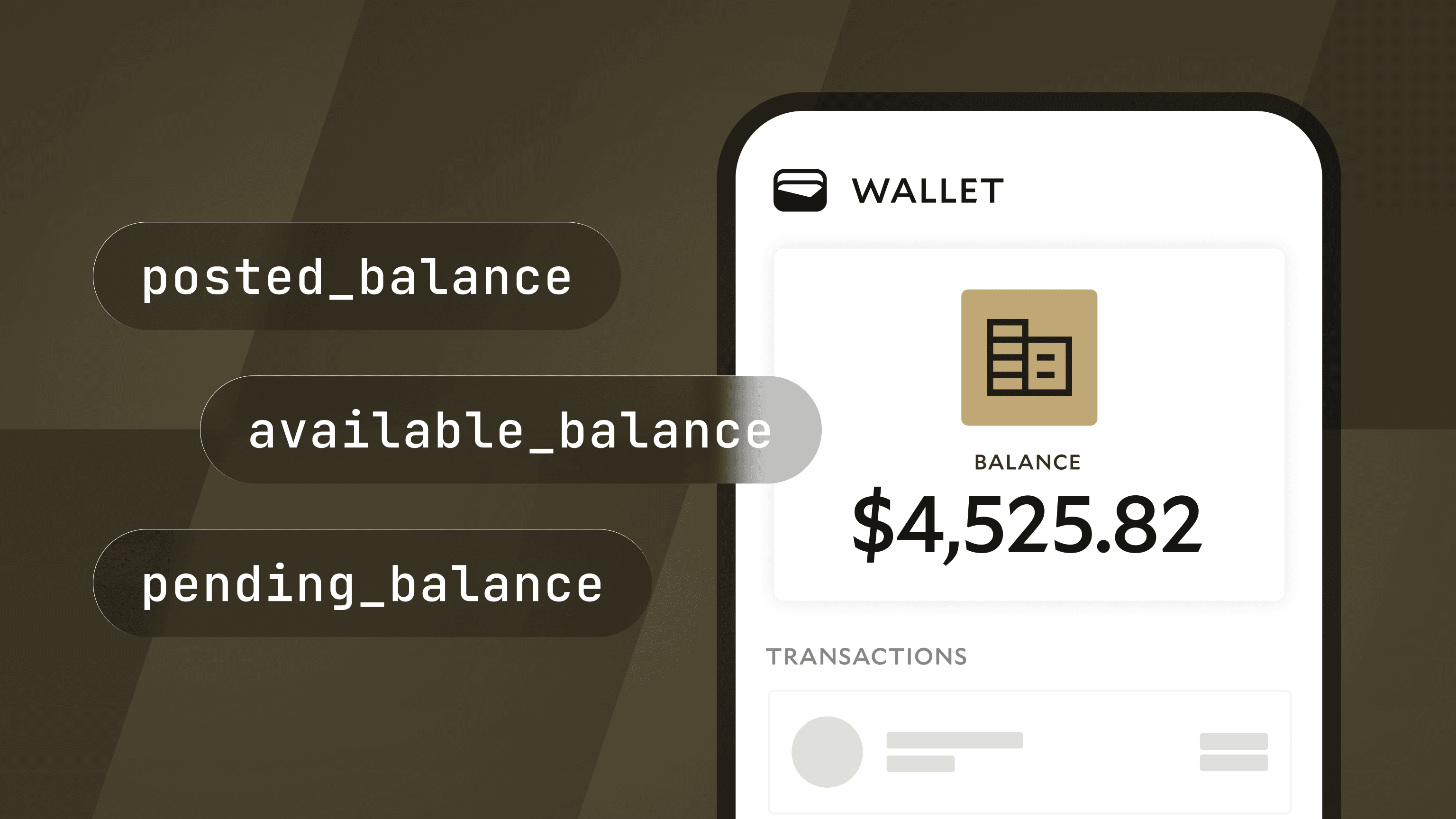How Marketplaces Grow GMV With Modern Treasury
Marketplaces need to properly scale payments in order to grow. In this article we explore how implementing best practices in payment operations can directly correlate to volume growth in marketplaces of all kinds.

We’re proud to count beloved online marketplaces like ClassPass and Outdoorsy as customers. If you’re a marketplace, it doesn’t matter whether you’re facilitating transactions for fitness studios, RV owners, restaurant couriers, dog walkers, parking spots, celebrities, or campsite owners, you need good answers to these questions:
- How much have I collected from my demand side?
- How much do I owe my supply side?
- How do I actually move the money?
Marketplaces that treat payments as a strategic differentiator can drive increased Gross Merchandise Volume (GMV). Their consumers can appreciate the choice to pay using their preferred payment method. Their suppliers can enjoy being paid the correct amount on time for goods or services rendered.
However, building a solid foundation for payments is far easier said than done. Let’s drill down into each question to see how Modern Treasury can help.
How much have I collected from my demand side?
Needing to stretch your payment operations to cope with the transaction volume users are pushing through your platform can be a desirable problem. It’s awesome to be growing, but it’s decidedly not awesome to lose track of cash. How can you be sure that every dollar (or euro, rupee, sterling, etc.) is accounted for? The answer is bank reconciliation.
Let’s say we’re a global marketplace that uses two payment service providers (PSPs): AmericaPay for customers in the US and EasyEuro for customers in Europe. As consumers transact with us, our balance held at each PSP grows. The issue is that our finance team doesn’t recognize revenue until the funds settle in our corporate revenue account. So we periodically have to transfer funds from each PSP.

Without Modern Treasury this would be a slow, expensive, and error-prone job for your operations team. Specifically, this may involve signing into the bank’s web portal and refreshing the statements page until you see a transaction that conceivably matches the transfer you expect. Depending on your scale, there may be dozens of transfers to track per week. Some could even fail for preventable reasons, but given these are typically tracked via a spreadsheet-driven process, visibility—and therefore preemptive failsafes—are limited.
With Modern Treasury, your corporate bank account bank statement can be constantly monitored by expected payments. You specify attributes like amount, direction, and a range of expected settlement dates for a transaction you expect. Continuing our example, our marketplace can create an expected payment immediately after creating an AmericaPay or EasyEuro payout. These payments will automatically reconcile to our corporate bank statement if a match is found, or alert the team if the expected timeframe elapses without a match.
Bank reconciliation is an often overlooked part to growing GMV because the money doesn’t officially count as GMV (according to the finance team) until you take custody of funds in bank accounts you own.
How much do I owe my supply side?
The consequences of getting payouts wrong are high. Underpaying suppliers hurts supplier retention because they will eventually churn out of dissatisfaction. Overpaying suppliers is costly to correct, assuming it’s detected on time. Either way, your bottom line suffers.

We recently launched Ledger Account Payouts, a new API object, to ensure you always get payouts right. They solve at least two hard problems about payouts:
- Itemization. A payout is usually a summation of many line items (e.g., all bookings for the month of January). Suppliers typically want an invoice detailing the line items that went into a payout, which can be hard to disambiguate with a lump sum bank transaction. A ledger account payout will itemize which ledger transactions it is offsetting at creation time.
- Snapshotting. Calculating the amount to pay out is a moving target. For example, if it takes your system one minute to compute the amount, there is a possibility that transactions affecting that same balance happening within that minute are misaccounted (in technical terms, concurrency issues). You need some way of capturing which version of the ledger a payout corresponds to so you can start from where you left off for future payouts.
Using Ledger Account Payouts has dramatically simplified the payout process for marketplaces like ClassPass.
How do I actually move the money?
Ledgering determines how much you owe, but initiating Payment Orders is how you instruct the money to be moved.

A payment order instructs how Modern Treasury should get money from point A to point B. Managing such payments through Modern Treasury means marketplaces can:
- Pick the best rails for their payouts. Dealing with the intricacies of bank rails is fundamental to our work. Often the improvements we bring to customers come in the form of both infrastructure investments and access to new rails. RTP, for instance, can allow payouts to be made instantly. Shortening the time it takes for a vendor to receive a payout can bring a big lift in vendor satisfaction.
- Flexibility to choose their bank partner. Building bespoke integrations at multiple banks is troublesome. With a single API, marketplaces can integrate once and route payments to the best banks according to their use case.
Speed of execution is paramount to marketplaces looking to grow GMV. Payments operations are an important component of such execution. If your marketplace is looking to both speed up and simplify how you work with payments, or simply needs help navigating this new era of payments, reach out here.








